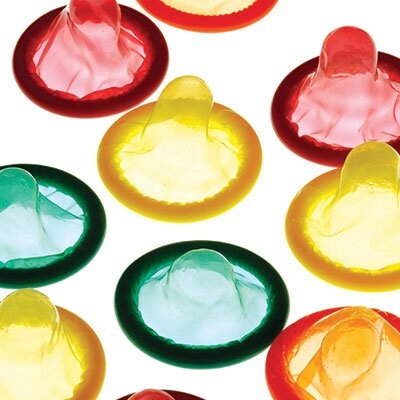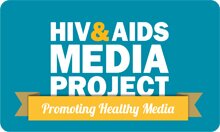Condoms Don’t Work
Using a condom is one of the most effective ways of preventing HIV infection and other sexually transmitted infections, otherwise known as STIs. Condoms should also be used in conjunction with other HIV prevention measures such as male circumcision, and being faithful to one sexual partner at a time. Condoms are also effective in preventing unplanned pregnancy.
Condoms are generally made of latex and come in a variety of colours, shapes, sizes and flavours. There are male and female condoms but the most widely used type of condom is the male condom, which is a sheath which is worn over the penis.

Condoms work because disease pathogens which are transmitted through sexual intercourse are too small to pass through latex. Incorrect condom usage is most often the reason why condoms ‘don’t work.’ Wearing a condom incorrectly or a lack of lubrication can cause the condom to tear or break, exposing both you and your partner to HIV infection and other STIs. Always use water-based lubricants when using a condom because using oil based lubricants can compromise the strength of the condom.
It is vital to remember that both partners can become infected with HIV even if the male partner (or the insertive partner in male homosexual sexual relationships) has not ejaculated inside of his partner’s vagina or anus. Before ejaculation the penis is lubricated by pre-ejaculate which can also contain HIV and other pathogens which cause STIs. The vagina also produces bodily fluids which can contain HIV and STIs.
Guidelines for male condom use
It is important to use a condom each time you engage in sexual intercourse. As there is a risk of contracting HIV through oral sex, men should also wear condoms when receiving oral sex from their partner.
- Before using the condom ensure that the condom is not past its expiry date which is printed on the back of the wrapper.
- When opening the condom be careful not to tear it with your fingernails or teeth.
- Each condom should only be used once, even if you are having sex with the same person.
- The penis must be partially or fully erect for a condom to be put on correctly. If the penis is uncircumcised, the foreskin should be pulled back before putting the condom on.
- Put the condom on the tip of the penis and pinch the small pocket on the end to remove any air. Roll the condom all the way down to the base of the penis.
- During sex, check the condom regularly to ensure it has not rolled up, slipped off and to check for any breaks or tears.
- When withdrawing from your partner, hold the base of the condom so that it does not slip off of the penis.
Sources: Health24.com and Avert.org.
In the event of the condom slipping off, or tearing and breaking a new condom should be put on immediately. If the female partner is not taking other steps to avoid pregnancy, then emergency contraception, such as the morning after pill should be taken within 72 hours. It is also advisable that you be tested for HIV.
All free government issue condoms, which can be obtained from South African clinics are tested to ensure they meet SABS standards. The condoms also comply with standards outlined by the World Health Organisation (WHO).
There are also condoms available which are specially designed for women to wear. Femidoms or female condoms are also available for free, although they might be harder to source.
Sources and Further Reading

